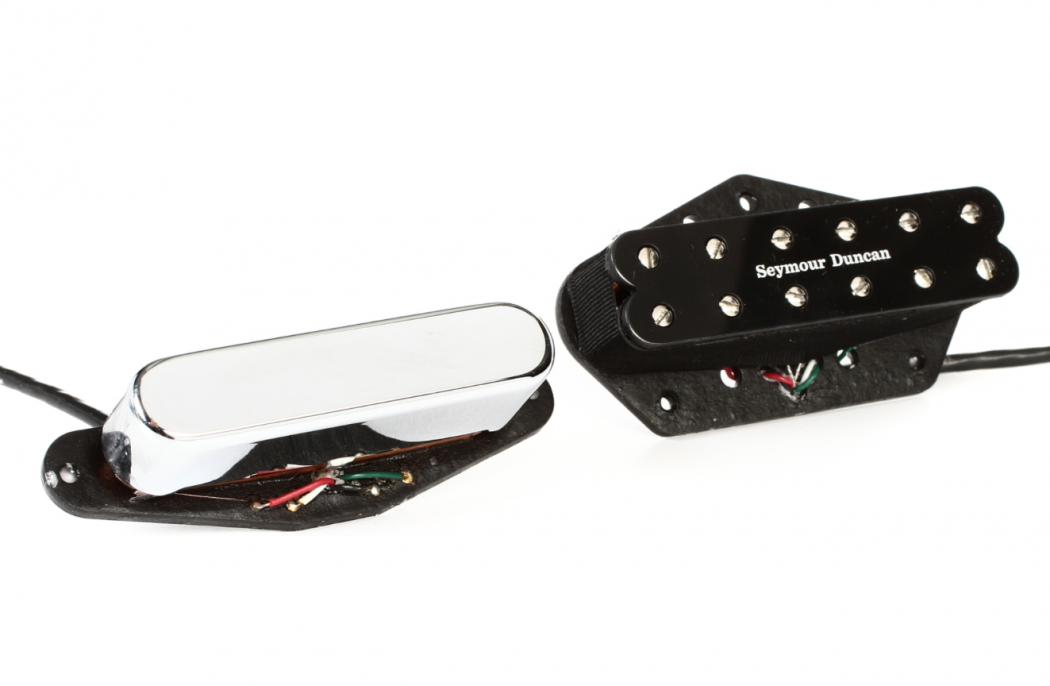
The most obvious difference is that a single-coil pickup has one coil of wire wrapped around a magnet or magnets, while a dual-coil has two coils of wire wrapped around magnets. Dual-coil pickups are generally classified as “humbucking,” because they don’t pick up hum and noise the way most single-coil pickups will.
Magnetic pickups consist of magnets surrounded by wire. When a metal guitar string vibrates in the pickup’s magnetic field, a current is generated in the coil of wire. In the case of a single-coil pickup, one or more magnets is surrounded by a single coil of wire. This setup tends to generate smooth response and pronounced high end. However, the strength of the field is relatively low energy, which translates to a relatively low output level and reduced low-frequency response.
One way to get around this is to use two coils wound in opposite directions — one wound clockwise, one wound counter-clockwise. This will give the magnetic field more strength, resulting in a higher output level, more pronounced lows, and a somewhat rolled off high-frequency response.
So, in general:
- Single-coils are brighter and thinner sounding than dual-coil pickups.
- Dual-coil pickups have more output.
- Most dual-coil pickups “sense” the string in two locations for a wider aperture, which affects the harmonic content of their output. (This is not true for “stacked” dual coils.)
- Dual-coil pickups do not pick up hum.
- Dual-coil pickups allow for series/parallel/polarity switching of the two coils for increased tonal options.
Which is better? Neither. It’s a matter of personal taste which type suits your playing style and tonal desires.


